Description
Contents
1.Introduction to Morphology of Angiosperms 2. Modification of Roots 3. Modification of Stem 4. Leaf 5. Phyllotaxy 6. Modification of Leaf 7. Inflorescence 8. Flower 9. Fruits 10. Principles of Taxonomy 11. Natural Classification of Bentham and Hooker’s System 12. Phylogenetic Classification of Engler and Prantl’s System 13. Binomial Nomenclature 14. (ICBN) - International Code of Botanical Nomenclature 15. Taxonomic Hierarchy 16. DichotomousKey 17. Herbarium 18. Annonaceae 19. Sterculiaceae 20. Rutaceae 21. Caesalpinioideae 22. Cucurbitaceae 23. Apiaceae 24. Rubiaceae 25. Sapotaceae 26. Convolvulaceae 27. Asclepiadaceae 28. Apocynaceae 29. Lamiaceae 30. Euphorbiaceae 31. Amaranthaceae 32. Liliaceae 33. Cannaceae 34. Poaceae 35. Introduction to Economic Botany 36. Fibres 37. Jute Fibres 38. Cotton Fibres 39. Hemp Fibre 40. Timber 41. Teak 42. Rose Wood 43. Neem 44. Resin 45. Camphor 46. Canada Balsam 47. Frankincense 48. Cosmetics 49. Aloe vera 50. Sandal Wood - Chandan 51. Turmeric - Kasthuri manjal 52. Beverages 53. Tea 54. Coffee 55. Cocoa 56. Oil 57. Coconut Oil 58. Eucalyptus Oil 59 Pongamia Oil 60. Fruits and Vegetables 61. Banana 62. Jackfruit-Chakka 63. Pineapple 64. Medicinal Plants 65. Adathoda 66. Clove 67. Acorus calamus-Vasambu


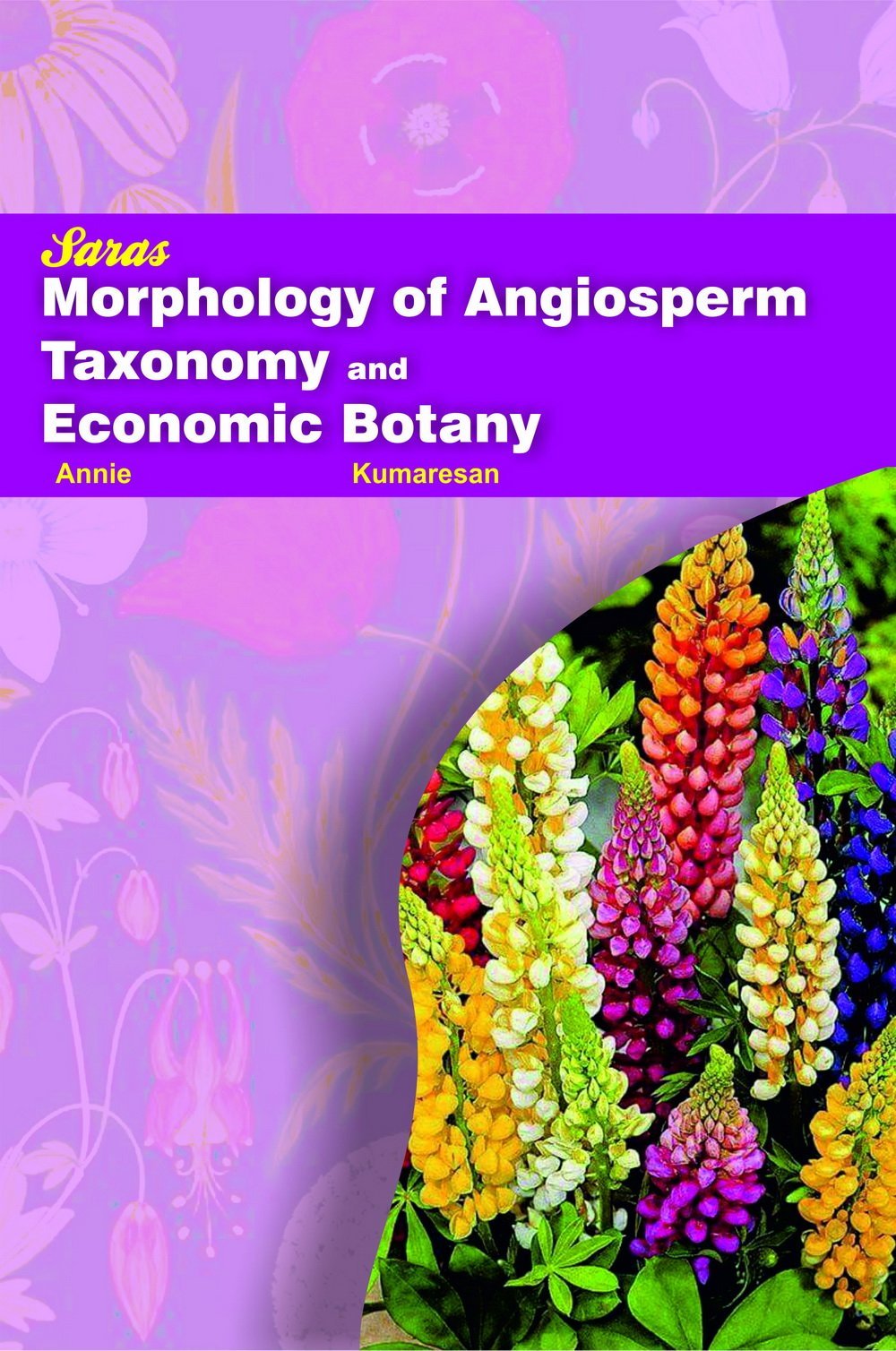
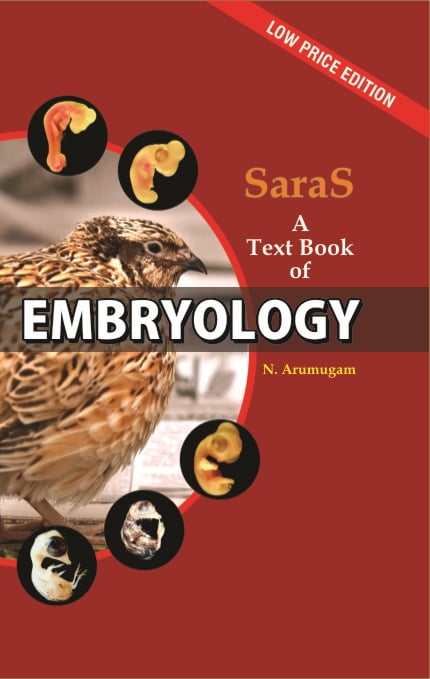
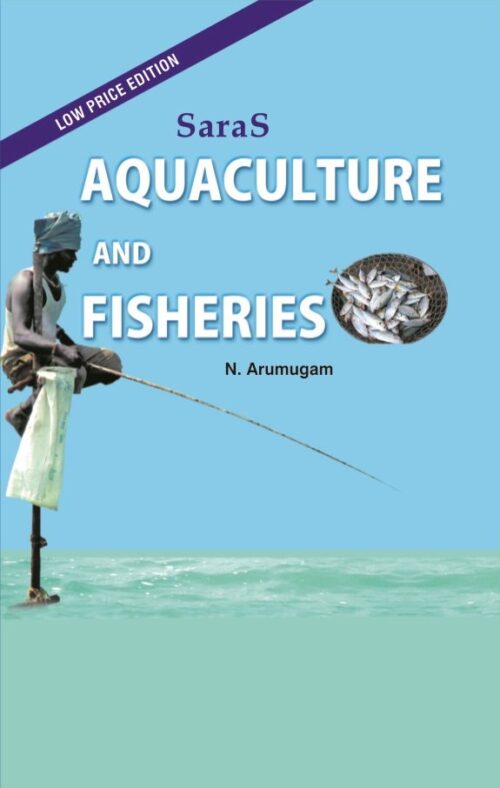
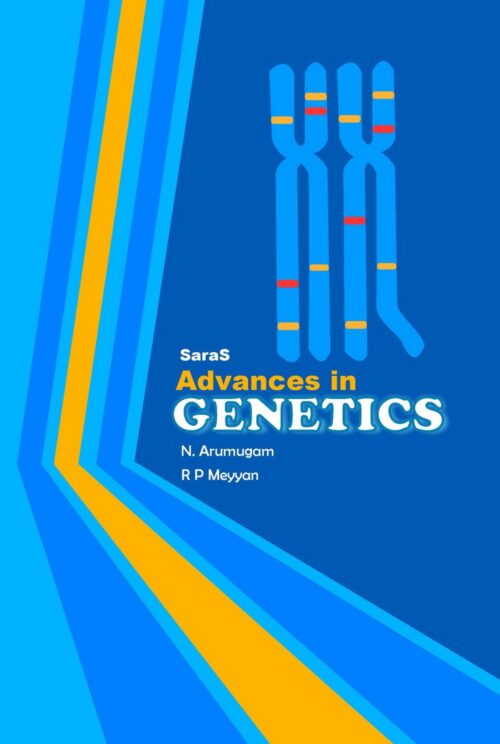
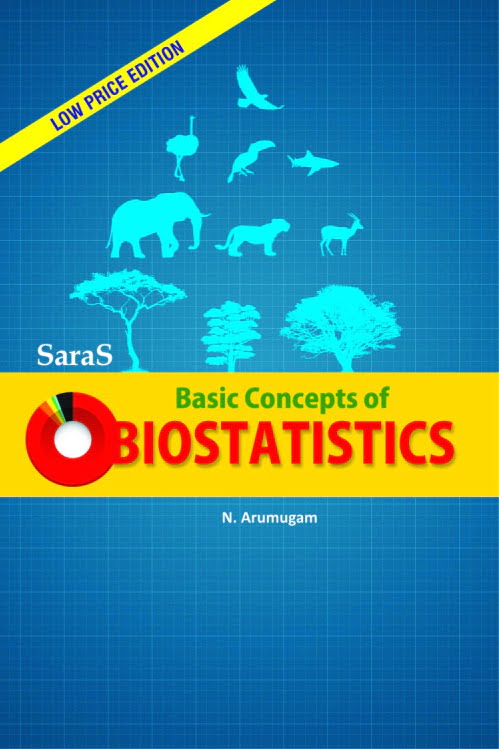
Reviews
There are no reviews yet.